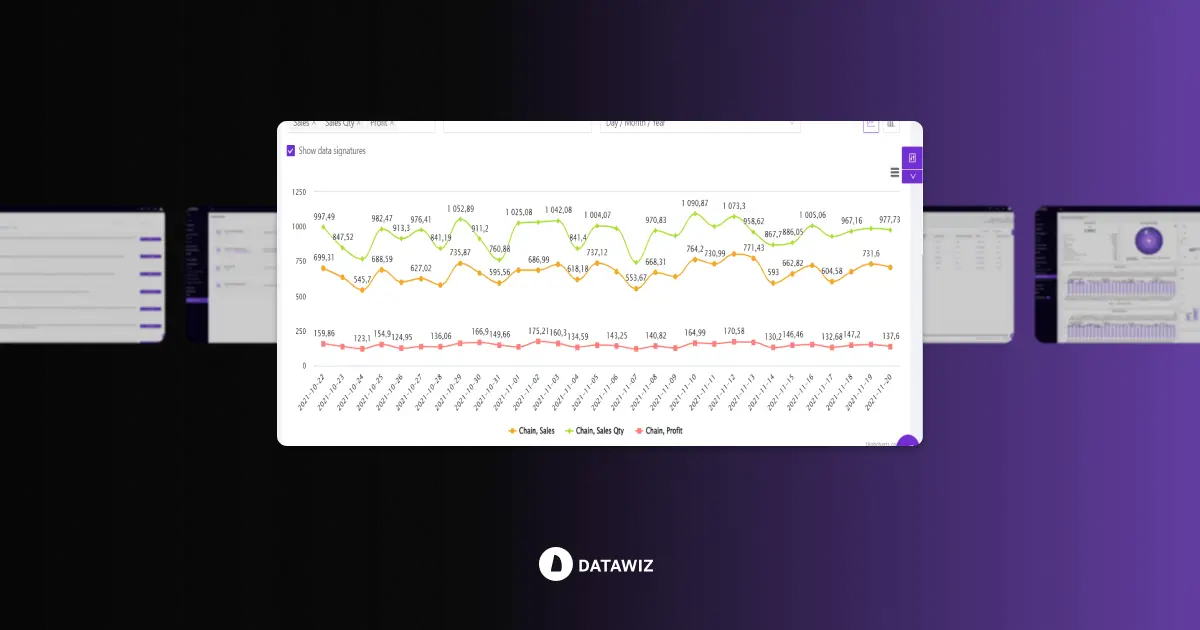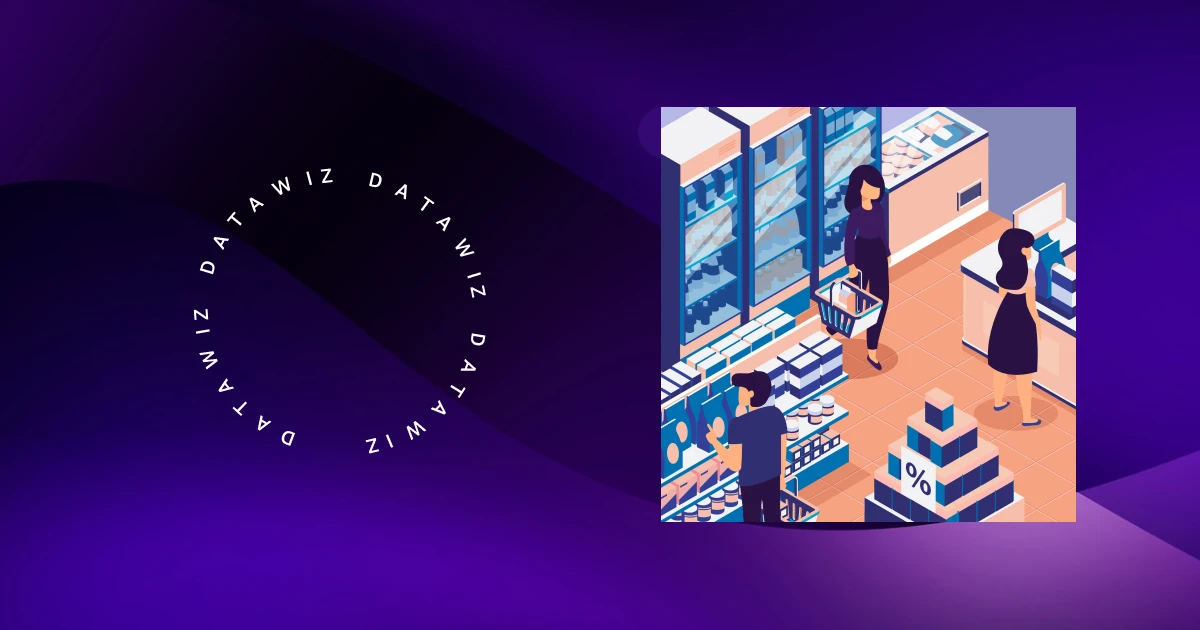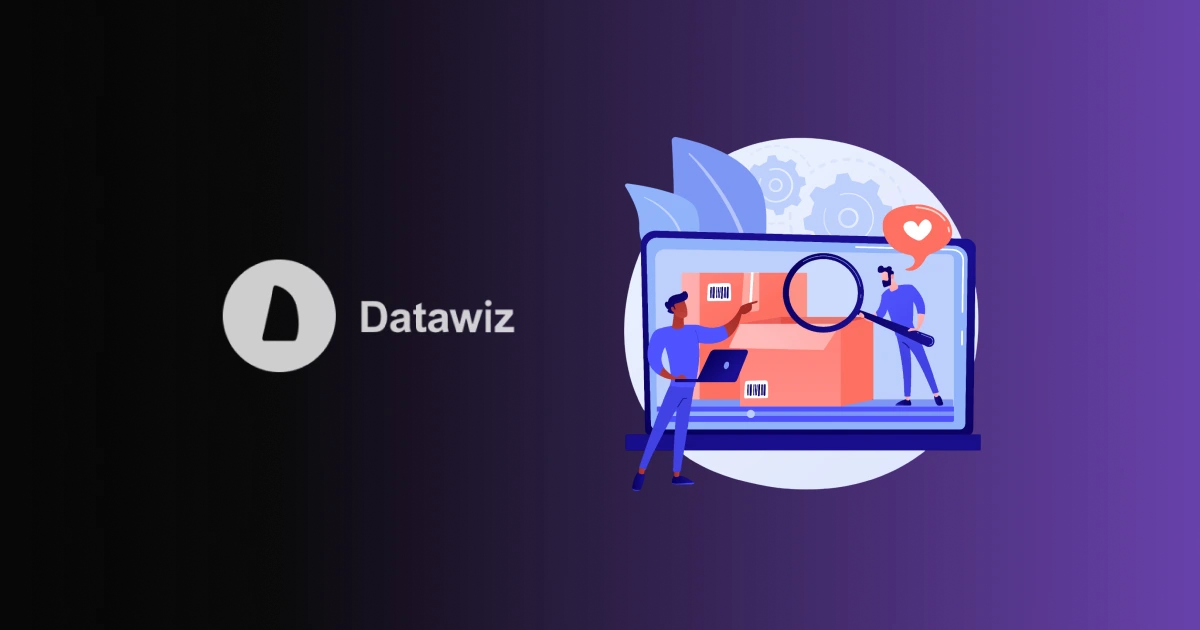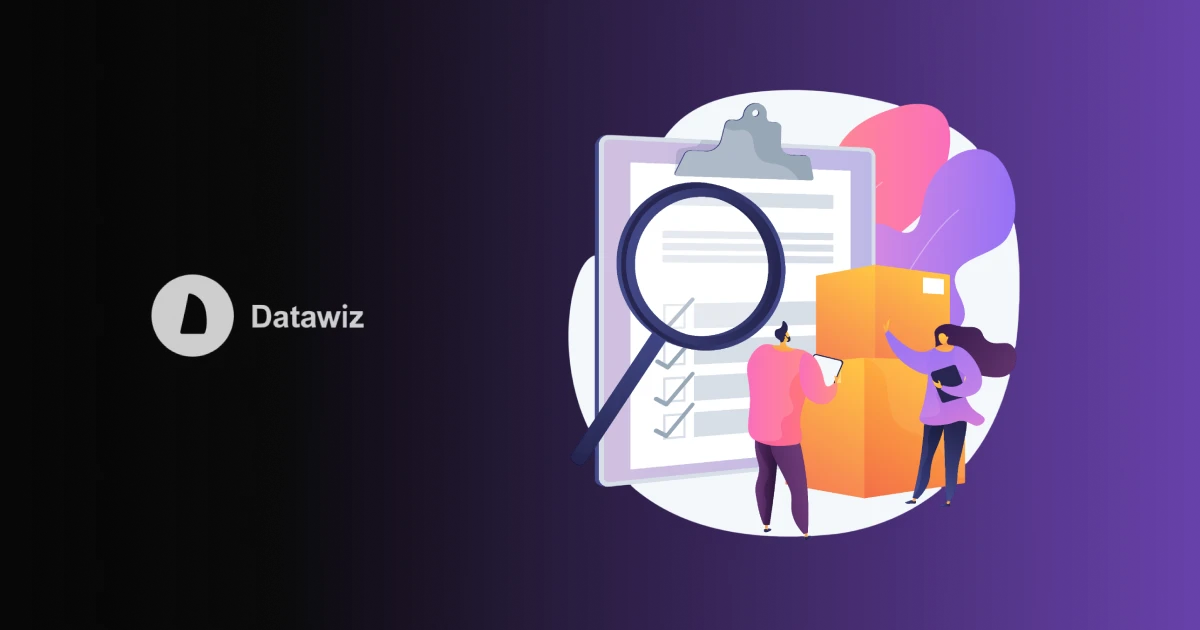Promotions have become an integral part of retail business, they are aimed at stimulating sales and attracting new customers. The company offers various temporary discounts, bonuses and promotions that increase demand for specific products and help to realize stock in warehouses more quickly.
The process of organizing a promo involves many departments working together. Marketing creates the concept and communicates with customers, purchasing and logistics ensures product availability, IT sets up discount systems, and the finance department monitors profitability. Analysts track performance, and salespeople interact directly with customers. Without concerted action, a promotion can turn into chaos: product shortages, overloaded warehouses, or losses. Therefore, a successful retail promotion is not only an attractive offer, but also a coherent operational strategy.
Key performance indicators of retail promotions
Evaluating the effectiveness of retail promotions is based on specific metrics that allow you to understand their impact on sales, margins and customer behavior. Here are the key KPIs worth tracking:
1. Sales and revenue
- Sales Growth (%) - how much sales increased during the promotion.
- Revenue from promotional merchandise - how much money the promotional campaign brought in.
- Proportion of sales from promotional merchandise (%) - how much of total sales are taken up by the promotional sale.
! Segment your sales data by different factors such as product categories, customer segments, or geographic regions to get a deeper understanding of which areas of your business benefited most from the promotion. This analysis can help you refine your advertising strategies for future campaigns.
2. Marginality and Profitability
- Marginability (%) - whether the discount ate up all the profit.
- ROI (Return on Promo Investment) - whether the promotion paid off.
- Cannibalization Rate - whether customers replaced the promotional item with a more profitable non-promotional item.
3. Customer Attraction and Retention
- Average Check - whether customers started buying more.
- Number of new customers - whether the promotion brought in new customers.
- Frequency of purchases - did the promo motivate people to come back.
! Use unique promo codes and coupons to accurately track how many customers came through the promotion and evaluate the effectiveness of different promotion channels. Place them in ads, email newsletters or at checkout to see which sources bring in the most shoppers.
How to organize a successful promo?
1. WHAT? (selecting specific SKUs)
✅ Category of goods:
- The most popular products (sales hits).
- New products that need to be promoted.
- Products that have low turnover and need to stimulate demand.
✅ Financial analysis:
- Determining a discount level that will not reduce profitability.
- Estimating potential sales growth.
✅ Cannibalization check:
- Analyzing whether a promotional item will crowd out higher margin items.
2. WHEN (clear limits for the promo)
✅ Duration of the promotion:
- Short-term (1-3 days) - encourages impulse buying.
- Medium-term (1-2 weeks) - builds stable demand.
- Long-term (1+ month) - used for strategic category growth.
✅ Seasonality:
- Promos related to holidays, sales, trends.
- Analyze demand at different times of the year.
✅ Periodicity:
- Regular promos (monthly, seasonal) to attract regular customers.
- One-off promotions to test new SKUs.
3. WHO? (supplier selection)
✅ Supplier Category:
- Own brands (promotions to increase awareness).
- Famous brands (joint promotions to attract audience).
- New suppliers (market testing for product acceptance).
✅ Financial terms of cooperation:
- Percentage of discount from the manufacturer.
- Joint coverage of advertising costs.
- Additional bonuses for high sales.
✅ Supplier readiness:
- Is the supplier able to support the promotional volume of goods?
- Guarantee of stable supply without shortages.
How to analyze the effectiveness of a promotion?
The “Promotion Analysis” report on the Datawiz BI service summarizes the main indicators of the network's promotional activity. In this report you can find information on sales of promotional products of the network in each promotional campaign.
The main features of the report:
- Evaluate the performance of each promotion, drill down to categories and SKUs;
- track the “behavior” of promotional goods in the promotional and non-promotional period;
- analyze the dynamics of key indicators using visualizations.

The main advantage of this report is the “compare promotions” tab, which compares several promotions and visualizes their dynamics by selected indicators. The visualization is offered in two options: line graph or bar chart.

Becoming an expert in analytics with Datawiz BI is easy!
All data on promotions in one place, no more need to collect information from each department separately. It is important not only to see the numbers, but also to understand their impact: which promotions bring real profit, which attract new customers, and which can be unprofitable. In-depth analysis helps you avoid repeating mistakes, improve strategies and use data in a way that works for results.
 What's new?
What's new?





 No credit card required
No credit card required